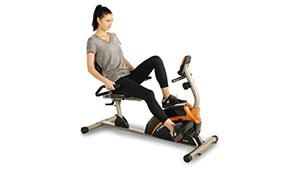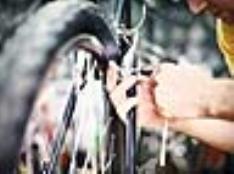Medium to Long activities (about 90 minutes to 4 hours)
It’s during medium-to-long sessions that fluid intake and carbohydrate fueling in particular start to have more of an impact on performance.
There’s a whole heap of research out there on the effects of carbohydrate ingestion on performance during longer periods of aerobic exercise. A 2013 paper called The use of carbohydrates during exercise as an ergogenic aid gives a decent overview if you want to dig into some of the technical details without doing your own PhD on the subject.
The bottom line from all that research is that the current consensus is that taking in around 60g of carbohydrate per hour is optimal for most endurance athletes doing two to four hour activities. Think more like 40g/hr if you’re a smaller person and not working at a high intensity, but maybe as high as 90g/hr if you’re bigger or going really hard. This carbohydrate can come from a range of sources including drinks, bars, gels and “real” foods (if their composition allows for easy consumption and digestion).
Before You Start
Again, it’s important to make sure you begin whatever you’re doing well hydrated and fueled. Trying to make up for a deficit is definitely leaving it too late.
While You’re Sweating
About 90 minutes to two hours is usually the threshold at which sweat losses can become significant, so fluid needs must be considered along with refueling at this point too.
If you’re using a hypotonic sports drink (i.e. a lower concentration than your blood) then, unlike isotonic drinks, they don’t deliver all of the carbs you’re likely to need during your activity (but they absorb faster and are better at achieving the specific goal of hydrating you).Quick Tip
In my own experience, using more highly processed “simple” sports nutrition products like gels or jelly chews along with carb-based hypotonic sports drinks tends to work best because they reduce the amount of effort your body needs to put into chewing them, digesting them and getting the sugars into your bloodstream.
These kind of events are also not quite long enough for you to get really sick of sweeter products and flavors, so it’s usually possible to get to the end without suffering the kind of nausea that so often occurs when you rely too heavily on sugar as your main source of calories during longer events.
How you get the majority of your carbs is up to you. Most energy gels contain about 20 to 25 grams of carbs per pack, and energy bars contain as much as 35 to 40 grams per serving.
If you prefer your carbs a bit more “old school,” then eight jelly beans contain 42g, so this could do the trick along side typical carb-based hypotonic sports drinks. Or, if you want to go 100 percent natural, you could go for about 1.5 bananas, as they tend to contain around 25 to 30g of carbs per fruit (although what you’d do the leftover half, I’m not exactly sure).
- 2
- of
- 4








Discuss This Article